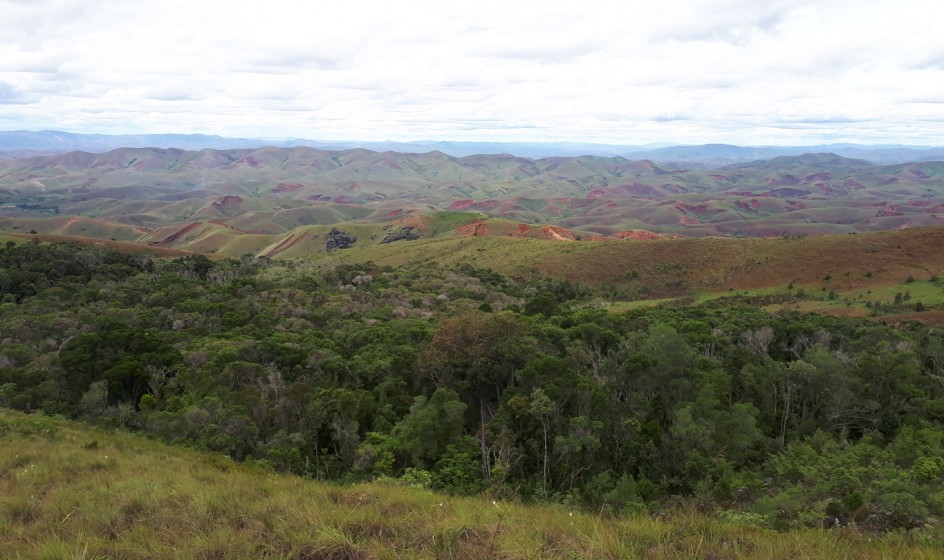

Ambohitantely Special Reserve
Building conservation knowledge and capacity for threatened amphibians of Ambohitantely Special Reserve, Madagascar
In the largely deforested areas of Madagascar, small fragments remain as last refuges for amphibian diversity, sheltering patch-endemic species and facilitating the survival of many range-restricted frogs. Ambohitantely Special Reserve is the only protected area of humid forest situated on the high plateau to the north of Antananarivo, Madagascar’s capital. Isolated populations of Anodonthyla vallani and Anilany helenae persist in the fragmented forest of Ambohitantely. Both species are assessed as Critically Endangered and listed as priority EDGE (Evolutionary Distinct and Globally Endangered) species. They are endemic to Ambohitantely and the reason for its designation as an “Alliance for Zero Extinction” site.
The goal of this project, led by a team of Durrell Wildlife Conservation Trust, is to implement a long-term conservation programme for threatened amphibian species in Ambohitantely Special Reserve. Since 2018, population assessments from field surveys have been conducted, producing the first ever population estimates for both CR species. These data serve as baseline information for long-term monitoring and the team will continue field surveys enabling them to compare trends over time. The project team will also test the use of environmental DNA (eDNA), a novel genetic tool that can further enhance frog surveying and monitoring in Madagascar, especially for cryptic and understudied amphibians. These activities will be delivered with local stakeholders and will involve training in order to increase local capacity and help build a Malagasy network of experienced herpetologists.
Species:
Anodonthyla vallani, Anilany helenae
Implementing organisation:
Durrell Wildlife Conservation
Country:
Madagascar
Funding period::
Jan 2022 - Dec 2022
Project goals
- To implement a long-term monitoring and conservation programme for endangered amphibian species in Ambohitantely Special Reserve
- To contribute to further develop amphibian research capacity in Madagascar
Planned activities
- To continue monitoring of the species’ populations
- To conduct surveys to have most recent population estimates
- To test the feasibility of eDNA surveys by sampling tree holes
- Engage and train local students and field assistants in the field work and eDNA method